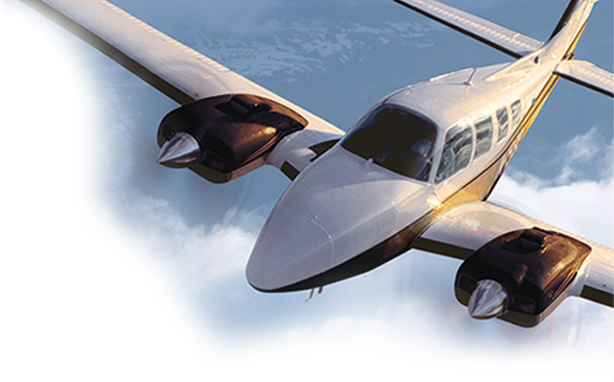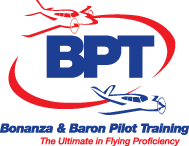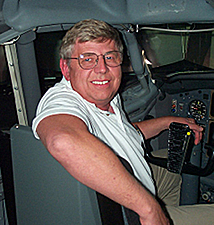The Misunderstood Holding Pattern Examined
By Michael J. “Mick” Kaufman, CFII
In the last issue of BPT TAKEOFF, “Captain’s Corners” covered the topic of procedure turns, and when to do them. In looking at the some of the course reversals in procedure turns, they gave me the topic for this issue, “Holding Patterns”. Holding patterns are still an important part of instrument flying – and they are an often-misunderstood topic.
I remember the first holding clearance I received while flying IFR in IMC conditions. It was 49 plus years ago; but still very memorable. I was on my way back from Rochester, Minnesota and I had just dropped a friend off to visit a patient at the Mayo Clinic and was returning home. I had received my instrument rating a few months previous, and this was my third flight in IMC conditions.
Back in those days, there were few autopilots and it was VOR and ADF navigation. Shortly after takeoff from Rochester and in IMC conditions, I received a holding clearance at an intersection. I was truly grasping for straws as I had no idea how to enter the hold, but I did remember you did not hold at cruise airspeed so immediately slowed my airspeed down. There was not much of a difference between cruise and holding airspeed in my old Cherokee 140 but it was enough.
Before I reached the holding intersection, I was cleared to my destination. Back on the ground at my home airdrome, I evaluated my lack of knowledge and decided to draw holding patterns whenever I was given a holding clearance. This has always worked for me. If I can visualize the hold, I can fly it along with the entry.
Some years later, I received a phone call from an airline captain, who had been flying a 747, and he wanted some dual on holding patterns as he was going to take a part 135 check ride in a Cessna 310. He told me that the 747 did the holding patterns for him; all he had to do was program them into his magic box. On the flight, which followed a few days later, I assigned him a hold. He was right that he had forgotten how to do them and he actually did one backwards.
Today, many of us have those magic boxes in our aircraft and our skills to visualize and fly a hold have diminished. I have not received a holding clearance in the Midwest in several years, but we must keep our holding skills sharp for the unexpected. If you fly much in the northeastern U.S., you are sure to get holds more often than in other parts of the country.
For the benefit of our readers, I am going to explain the different holding techniques starting from the basics to using the most sophisticated of magic boxes. We will talk about wind corrections beginning with the educated guess to using air-data computers and autopilots with the GPSS steering option.
Categories of Holds and Places that Holds are Assigned
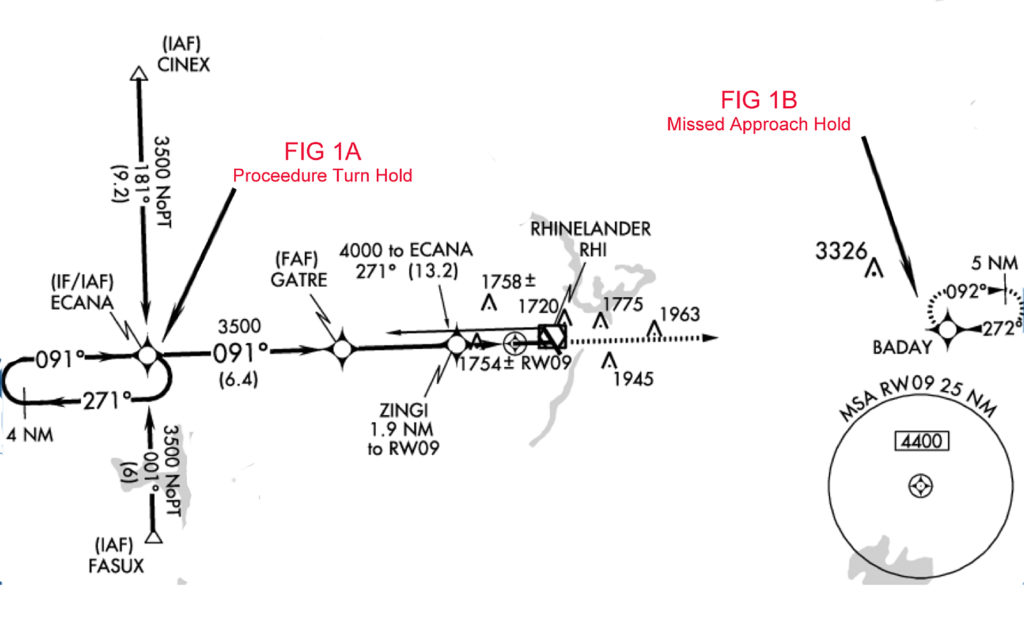
Holding patterns fall into two categories, Published (Charted) and Non-Published. The published holds are those associated with a missed approach or are actually the procedure turn shown and drawn on an approach chart (FIG 1). If they are at different locations, the hold drawn with a solid line is the procedure turn hold (Fig 1a) and the one with the broken line (FIG 1b) is the missed approach hold.
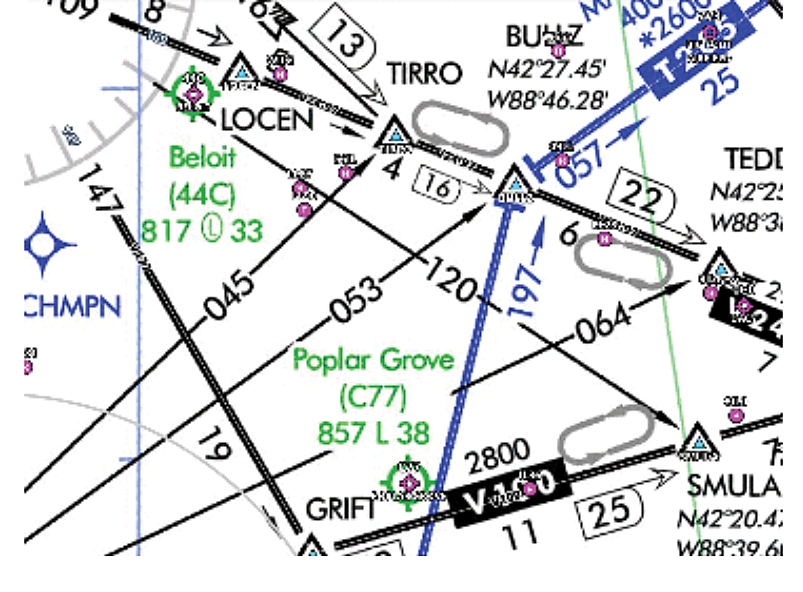
If only one hold is shown, it means that both are located at the same fix and represented by the solid line. Sometimes, we see holding patterns drawn on an enroute chart, which also is a published (charted) holding fix (FIG 2).
If the holding pattern is of the non-published variety, it is given to you as a verbal description by the controller. These are the ones that most pilots have trouble with as most of the early GPS boxes do not have the capability of drawing and flying these holds without a lot of manual help from the pilot.
Several of the most popular boxes that will not fly these non- published holds, or the ones drawn on en-route charts are the Garmin 430/530 boxes and the Garmin 650/750 or G1000 with some of the early firmware. The 650/750 and G1000 boxes with upgraded firmware will. We will cover setting up non-published holds with these boxes in a future article.
The one box that does a great job setting up non-published holds was the UPS technologies CNX80, which later was manufactured by Garmin and relabeled the Garmin 480 (I have one in my Bonanza). This box was way ahead of its time for general aviation, as it had the air-data function as well as holding pattern design architecture.
Holding patterns can be drawn almost anywhere or assigned to the pilot at any identifiable fix by ATC, with the following examples of a few:
- Final approach fix (FAF)
- Initial approach fix (IAF)
- Intermediate approach fix (IF)
- VOR
- Airway Intersection
- GPS Waypoint
- DME Fix from a VOR
- NDB
Size and Shape of a Hold
The standard hold is a racetrack pattern, which is standard with right turns and one-minute legs (no wind), with wind correction. The pattern is adjusted to make the inbound leg the one-minute leg.
This requires some pilot experience and an educated guess to get the holding pattern adjusted to conform to these specs if you don’t have a magic box with the air-data option. It should be noted that it takes three turns around the holding pattern for the average pilot to get it within specs.
On many of the GPS approaches, the holding patterns have a leg length given in nautical miles rather than in time. On some non-published holds, ATC will assign a DME leg length. Holding patterns are much easier today with GPS than they were 20 years ago as I remember holding at an intersection with only one VOR.
Drawing the Hold and Entry
If the hold is a non-published one, it should be drawn on paper (FIG 3) using the following technique as described by ATC per this example:
ATC:“Bonanza 9638 Yankee we have holding instructions advise when ready to copy.”
Pilot: “Ready to Copy.”
ATC: “38 Yankee is cleared to the RHI VOR to hold East on the 090 degree radial Right turns, expect further clearance at 20 past the hour.”
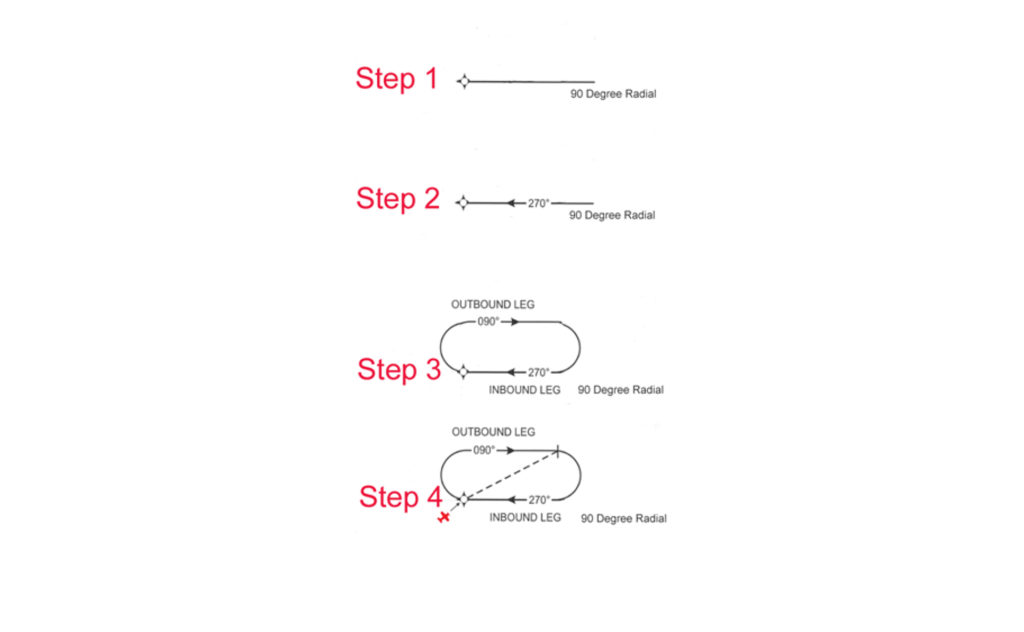
In drawing this hold, I start with a dot on the paper to represent the fix and then draw the radial in perspective (remember radials are “from” the fix and bearings “to” are to the fix and are opposite (Fig 3 Step 1).
The next step –and this is important — is to draw an arrow to show the flight path and label the direction to the fix (Fig 3 Step 2). This is where many pilots get the wrong perspective of the holding pattern because they forget this step.
I then complete the drawing of the racetrack pattern (Fig 3 Step 3) showing a left or right-hand direction of the pattern. In this case, it is to the right. I mark my position on the paper relative to the fix to see what type of entry to the pattern I will make. An arrow showing the wind direction is also useful to help me visualize my crab angle and timing of the pattern legs.
It should be noted in the clearance above that the ATC controller specified right-hand turns, as this is a standard for a hold and could be omitted in the clearance. Should the hold be a non-standard, left-hand hold, the direction would always be included in the clearance. The controller also did not mention leg length meaning that it was the standard one-minute leg.
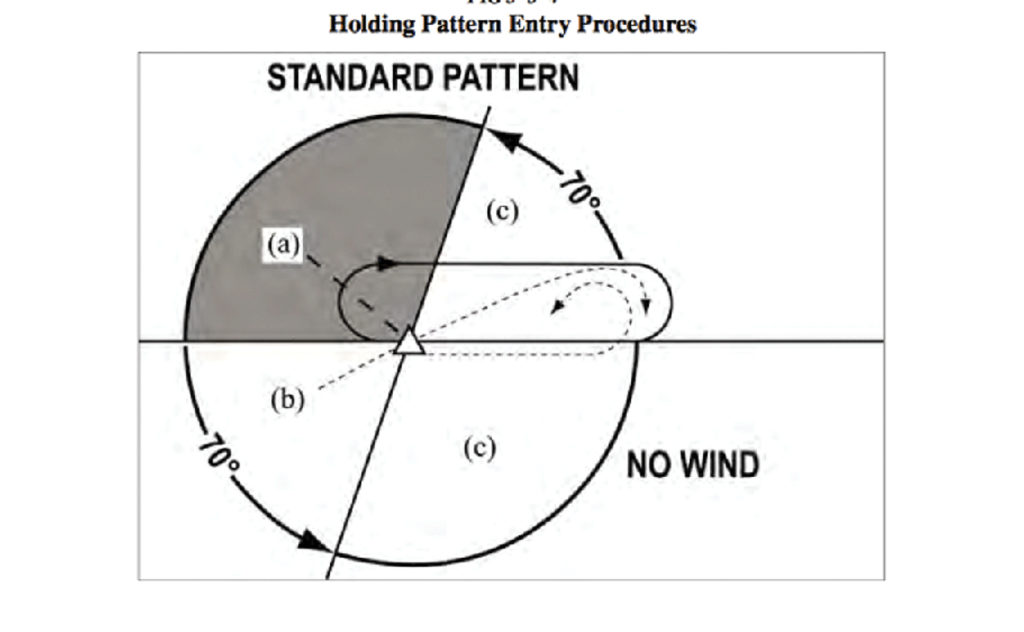
Pilots should check the Airman’s Information Manual (AIM 5-3-8) for holding airspeed and leg length for the altitude being flown. The entry into this hold (as shown) is a teardrop entry derived from the position of the aircraft from the fix. In Fig 4, I have shown the recommended entry as shown in the AIM. The method that I have used is to calculate the entry using the fewest degrees of initial turn once I cross the fix the first time; of course, if you have one of those magic boxes, it does it for you.
I had the opportunity to fly with Mark Smith of the Milwaukee, WI area in his beautiful A-36 Bonanza some time ago, and we decided to try a holding pattern in a 50-plus knot wind. This would be a tough hold for the best of pilots, but Mark had an air-data computer interfaced to his Garmin 530. I do not see this option installed very often on the Garmin 530, and we were excited to give it a try.
I was amazed to see the holding pattern drawn with wind corrections on the 530 screen. “George,” the autopilot, flew it perfectly with no over or under shoot and the timing on the inbound leg was within 3 seconds.
Soon, it will be time of the world’s greatest aviation show, “EAA Oshkosh!” Let’s hope it does not get canceled due to COVID-19 and can be done safely this year.
I am hoping to get updates on some of the nifty new boxes and gizmos that will help improve both the way we fly and aviation safety.
I want to caution everyone flying to the event not to do anything stupid, and remember who is pilot in command. You know your limitations and the limitations of your aircraft, but the controllers or volunteers on the ground do not. Don’t hesitate to refuse a clearance if it puts you and your aircraft in an unsafe condition.
Most of all have fun — and heaven help you if you are told to follow me in my J3 Cub!!!!
